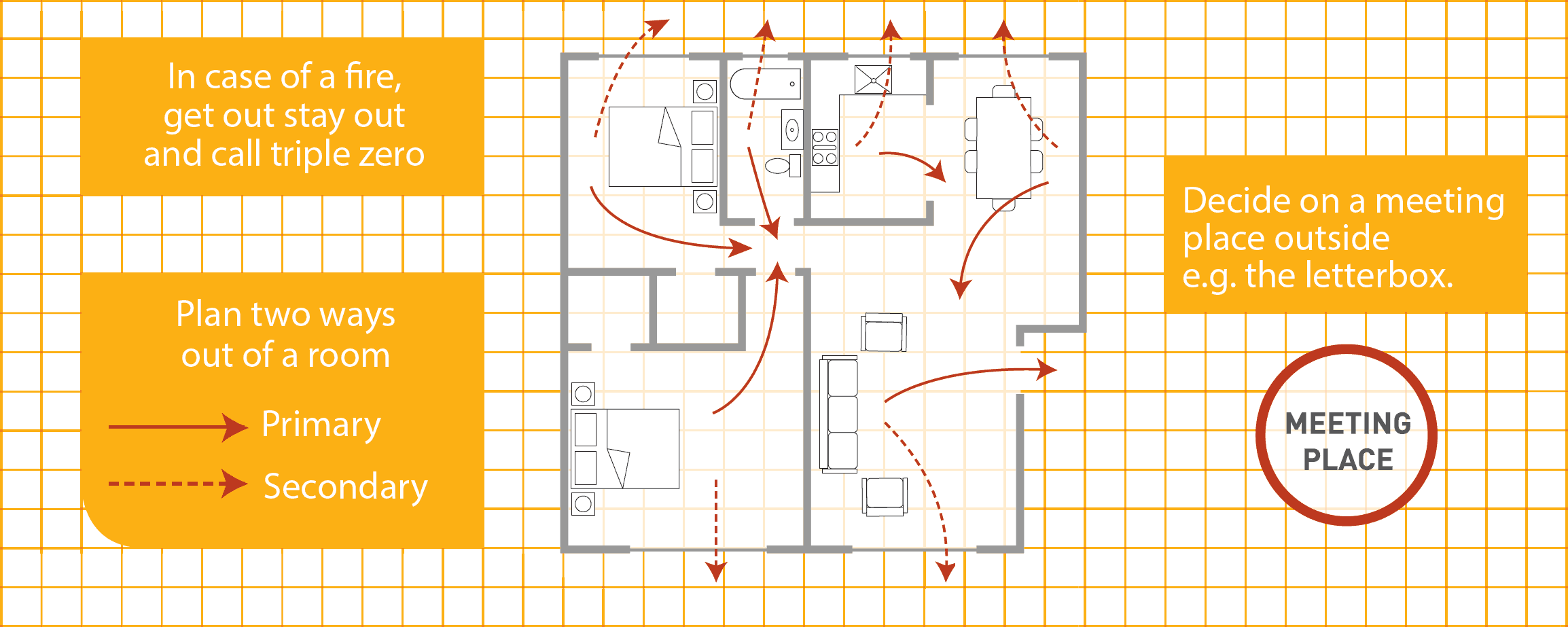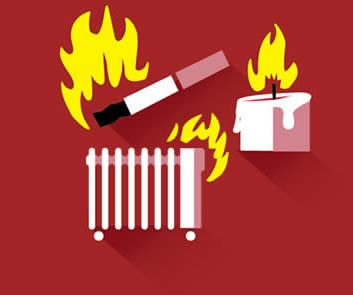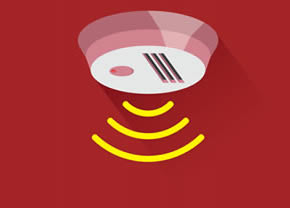Fire escape plan
Having a home escape plan in conjunction with a working smoke alarm will greatly increase your chances of getting out safely. Every second counts.
Be prepared by making a plan of escape
Draw a floor plan of your home, including two ways of escape from each room. Plan an escape route and ensure everyone knows how to get out.
Blocked exits are a hazard. Keep exits clear.
Keep door and window keys in or next to locks so they can be opened easily.
Decide on a meeting place outside e.g. the letterbox. Provide alternatives and someone to assist for anyone with a disability.
Once you get out, stay out. Never go back inside a burning building.
Call Triple Zero '000' from a neighbour's or your mobile phone.

Download the escape plan template
An empty grid appears on the downloadable print version of the Escape plan grid (PDF, 600KB) so you can draw your own home fire escape plan.
High rise escape tips
Don’t use a lift in a fire - use the emergency exit/stairs
Blocked exits are a hazard. Keep exits clear.
Keep door and window keys in or next to locks so they can be opened easily.
Always follow your buildings evacuation plan. Respond immediately to any emergency warning system and head directly to the designated assembly area.



